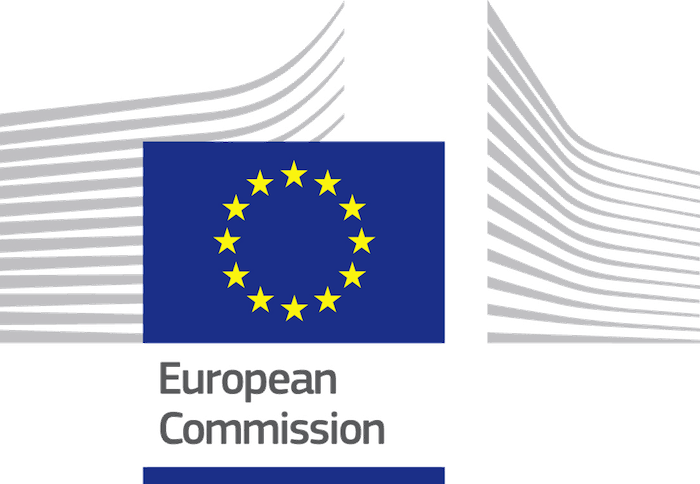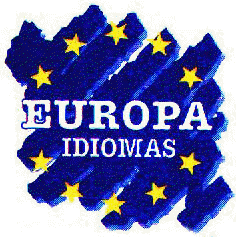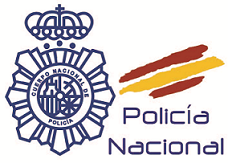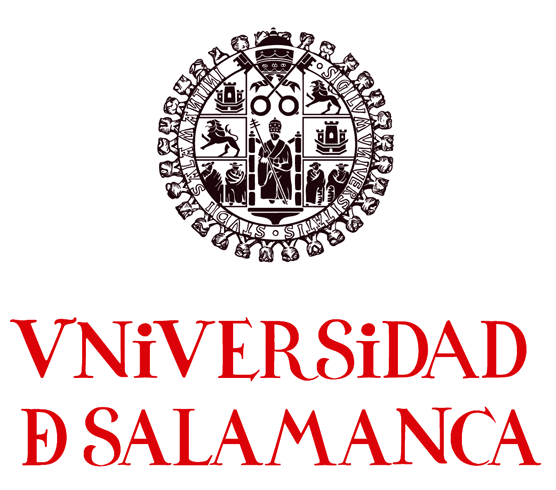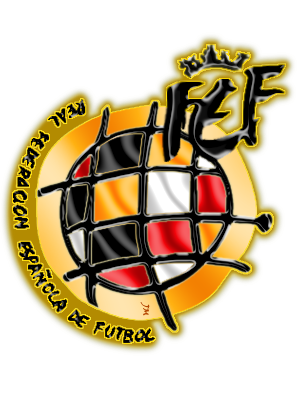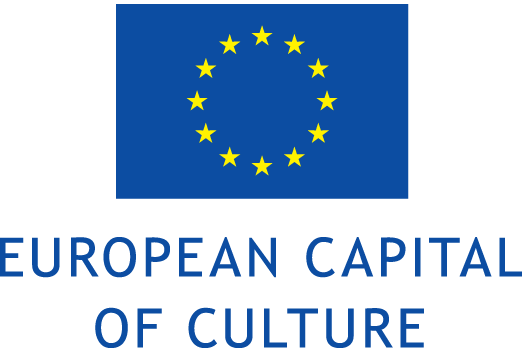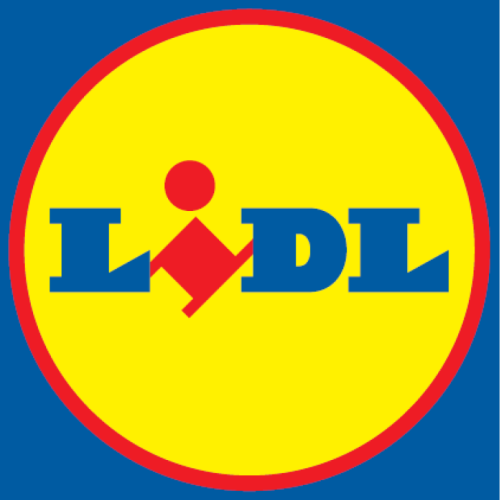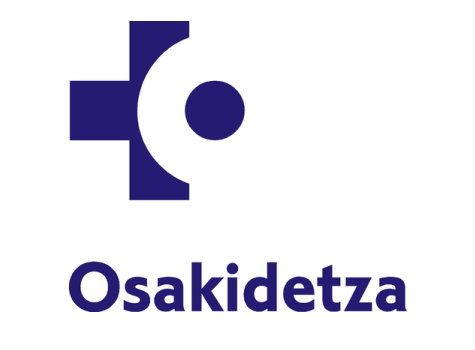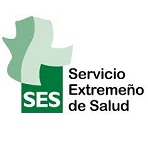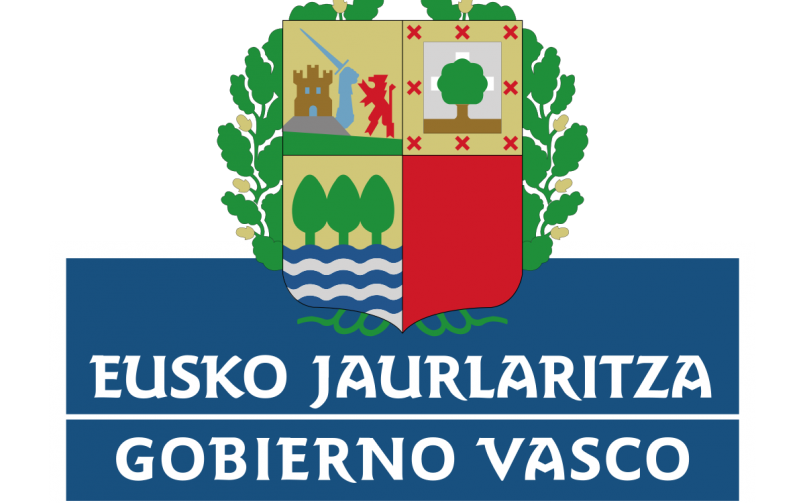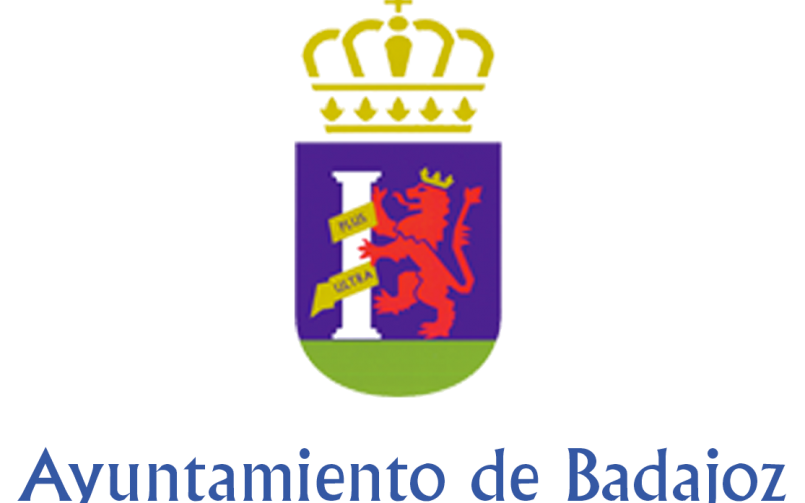What does audiovisual translation or localisation involve?
Complete audiovisual localisation consists of translation of dialogues and subtitles, followed by adaptation to market needs, voice-over recording, and, in some cases, editing and post-production. There are three main movie-localization techniques: voice-over, dubbing, and subtitling:
- Voice-over – recording actor voices over the original audio track, which can still be heard in the background.
- Dubbing – adding voices on top of previously recorded material.
- Subtitling/captioning – putting written translation of spoken dialogues or songs on screen simultaneously with the audio; this technique is also used as a convenience for the hearing impaired.
Despite the fact that in Poland for many years the most popular one has been the voice-over technique, subtitles are gainining popularity especially in educational films, documentaries, commercials, presentations, training videos, and so on. The added value in subtitles is that they assist the learning of foreign languages. That is why people in countries such as Norway, Sweden or Romania, where all film productions not intended for children are almost always created with subtitles instead of voice-over or dubbing, are so good with foreign languages!
Please take a moment of your time to listen to my voice sample in Lithuanian (the poem “Senelės pasaka” (“Grandma’s Tale”) by Salomėja Nėris). The full recording was used to replace the voice of the Spanish actress.








